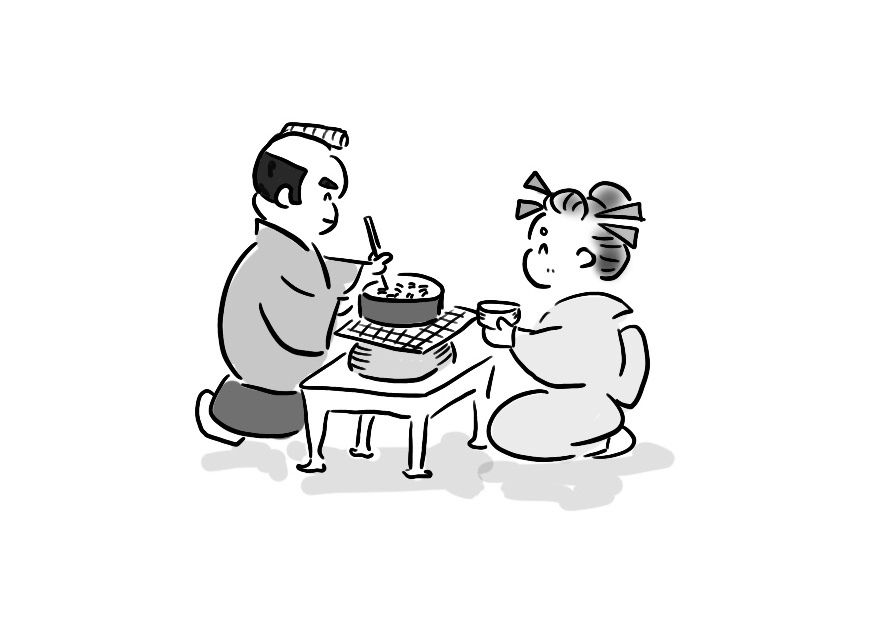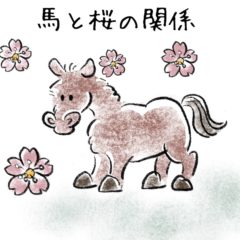Japan’s Horse Food Culture

Japan’s Horse Food Culture
My hometown, Kumamoto Prefecture, is Japan’s largest producer of horse meat by far.
For me, it is a taste of my hometown and is deeply rooted in my food culture.
Because of the large amount of horse meat produced, it is sometimes referred to as the “holy land of horse meat.
In fact, I am secretly proud of it.
Aizu and Nagano prefectures in Fukushima Prefecture are also famous.
In addition, it is also produced in Aomori and Yamanashi Prefectures.
Although not a production area, Tokyo also has a horse-eating culture.
Tokyo
Sakura-nabe” is a dish made by a long-established restaurant founded in the Meiji era.
It is made with miso paste and dipped in beaten egg.
It is a very rich type of food.
At one time there were as many as 20 stores in the area around the brothel Yoshiwara (Asakusa).
Horse meat was popular because it was said to be energizing.
Aizu
Aizu’s horse eating culture emphasizes lean meat with little fat.
This is unique to the region of lightweight horses.
It is said that spicy miso, a mixture of chili pepper and garlic with miso, dissolved in soy sauce is the standard way to eat horse meat.
Nagano
The horse-eating culture in Nagano is a bit different in flow; it is a smaller production area, and this is not the standard way of eating horse.
Beef and horse brokers called “bakuro” used to buy beef and horses from Tohoku and Hokkaido and wholesale them to Nagano, and it is said that the sukiyaki-style seasoning was brought to Nagano by bakuro.
Am I the only one who thinks that horse sashimi with wasabi is very Nagano? Are horse sashimi and wasabi a staple in Nagano?
By the way, “Bakuro” seems to be the kanji for Hakuro, Bakuro, or Hakuraku.
Hakuro means a worker who is familiar with cattle and horses working as a middleman, and bakuro means a person who eats horses, and hakura means a person who has a good eye for detecting people from the meaning of a person who can judge the quality of horses.
Aomori
Aomori has a specialty called “Yoshitsune-nabe” (Yoshitsune hot pot).
The special iron pot, shaped like a plum flower, is used to taste grilled meat while removing the fat with the petals,
The tip of the petal is where the fat is stored, and this is where you can enjoy fried meat,
The tip of the petal is where the fat pools, where you can enjoy fried meat, and the core of the pan is where you can cook the meat in water.
I have yet to try it, though…
Yamanashi
Horse meat is used for “Yoshida’s udon,” one of the “100 best local dishes of rural areas” selected by the Ministry of Agriculture, Forestry and Fisheries in 2007 (nowadays, pork is also used in many cases).
Yoshida’s udon is made with thick, firm noodles, cabbage, deep-fried tofu, and sweet and spicy horse meat in a broth flavored with dashi (Japanese soup stock), soy sauce, or miso.
However, the ingredients and seasonings vary from store to store and home to home,
That’s not the same thing! I guess there are people who say, “That’s different!
The condiment for horse sashimi is grated ginger.
The story of horses in Kumamoto is a long one, so I’ll write it another time.
Reference: Not included in the article.
Minoya Official
http://www.e-minoya.jp/howto/
Nakae, official
https://www.sakuranabe.com/nabetabe.html


